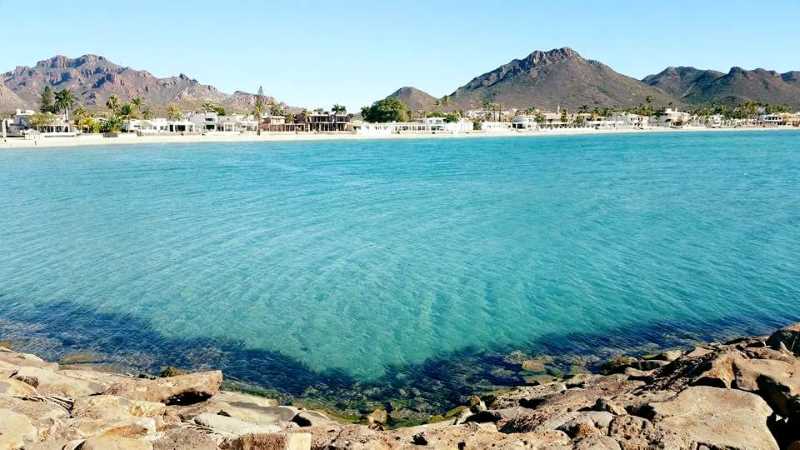How do you know if the seawater is in good condition for bathing?
Discover the crucial link between beach conditions and seawater quality for safe bathing. Guaymas & San Carlos beaches data reveals risks of contamination. Let's act now to protect tourists & preserve coastal beauty through proper management & infrastructure.

When planning a day at the beach, one of the most critical considerations is the condition of the seawater. The health and safety of beachgoers are directly impacted by the microbiological quality of the water. Unfortunately, determining whether the seawater is suitable for bathing is not as simple as a visual inspection.
A comprehensive assessment involving laboratory studies and water sample analyses is necessary to make an informed judgment. However, researchers have conducted such studies, shedding light on the potential risks associated with bathing in contaminated seawater.




